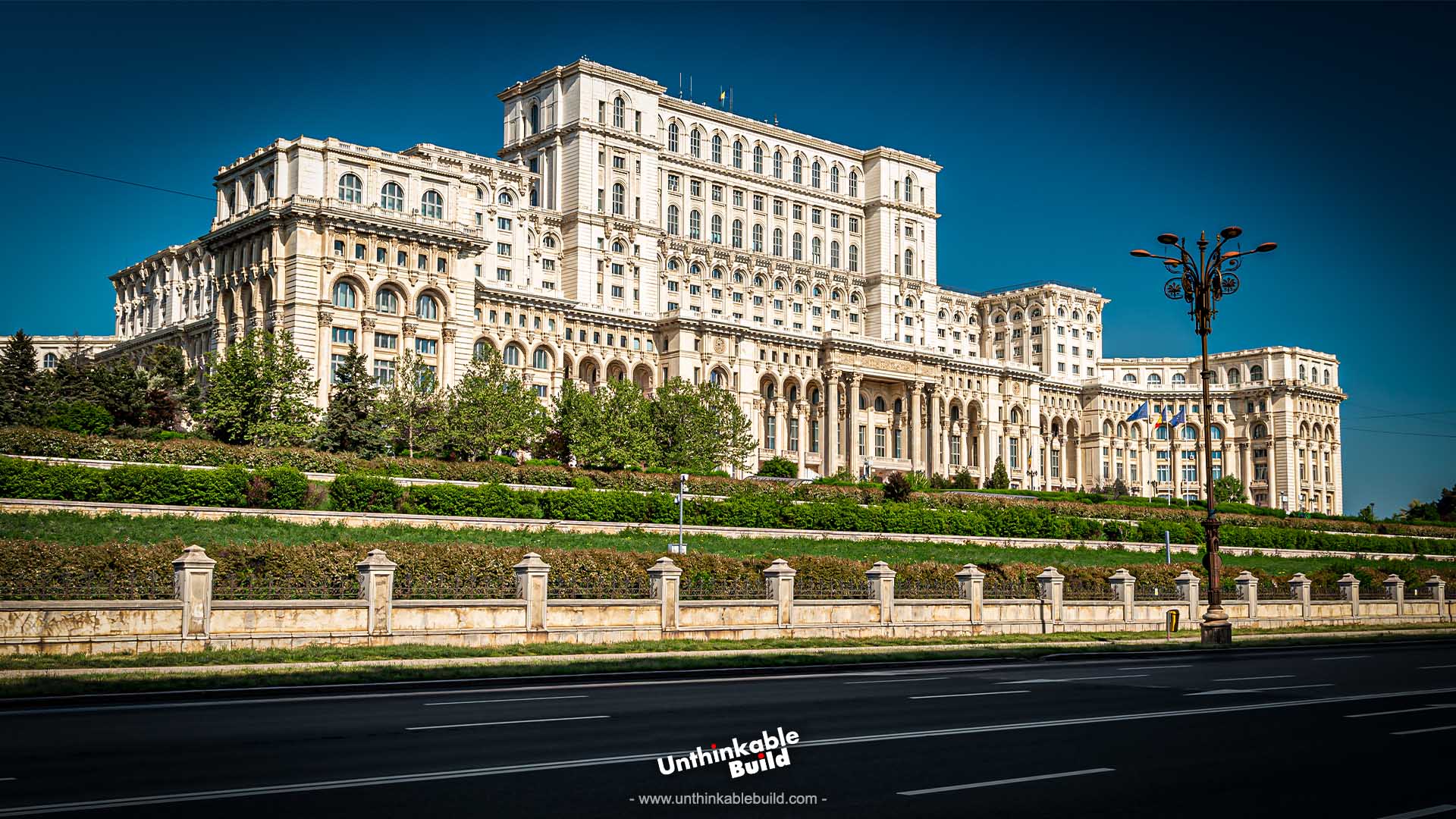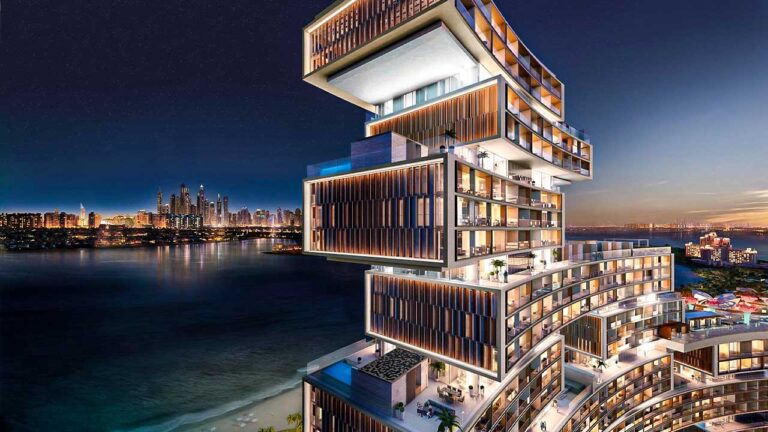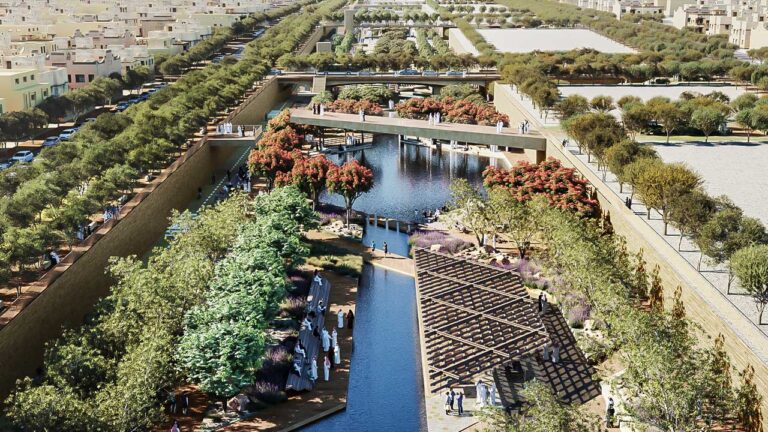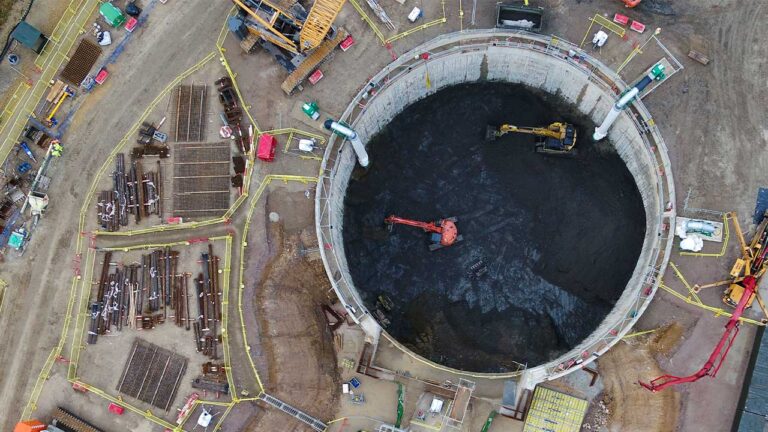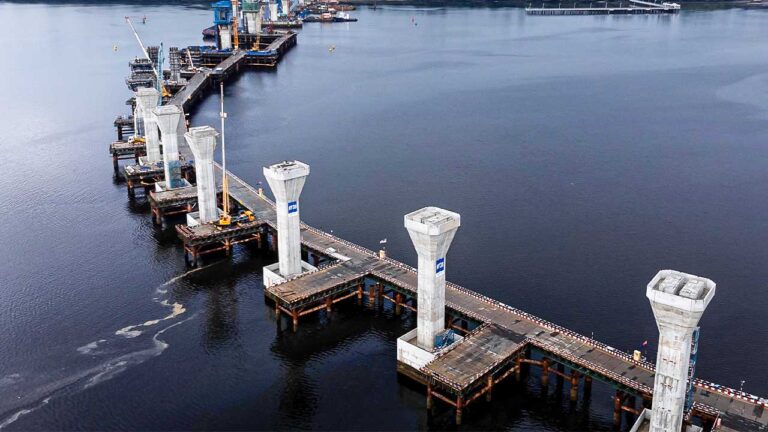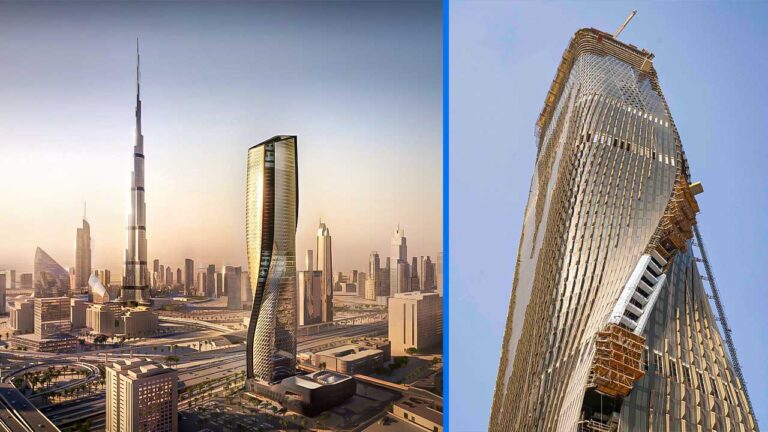Top 5 Abandoned Megaprojects Around the World
Welcome to a journey through abandoned megaprojects. Imagine standing before a architectural giant, once envisioned to change the landscape or culture of its time, now frozen in development. What stories would it tell? Why was it unfinished? These projects are more than just empty structures; they’re windows into human drive, resilience, and sometimes, the limits of our reach.
Abandoned megaprojects have an appeal to our sense of mystery. They make us think about what this place could have been. Was it a victim of offbeat timing, financial hurdles, or perhaps a dream too bold for reality? There’s a certain magic in exploring these visionary plans left hanging.
Let’s dive into the stories of five such fascinating sites. Imagine the nostalgic charm of Japan’s City of Ryukyu Mura or the sheer scale of Romania’s Palace of the Parliament. What if you could step inside the New Orleans World Trade Center, wondering what it could have become, or standing beneath the incomplete beauty of Brazil’s Brasilia Cathedral. And then there’s Spain’s City of the Sun, a daring venture that feels like a dream paused mid-thought. Which of these stories will captivate your attention? Let’s find out together.
City of Ryukyu Mura, Japan
The story of the abandoned City of Ryukyu Mura in Japan is one that pairs visionary ideas with unexpected setbacks. Imagine a place built with the dream of bringing the rich history of the Ryukyu Kingdom to life, where visitors could walk through history and experience traditional Okinawan villages, craft workshops, and cultural performances. Project construction began in 1992, and by 1995, this $40 million project was ready to share its vision with the world. But despite the big dreams behind it, something went wrong.
By the year 2000, financial crisis took its toll, and the park struggled to stay open. Today, walking through the empty streets of Ryukyu Mura city, you can almost feel the echoes of the past—silent buildings that were once a place where laughter and conversations echoed, now standing still in time. It brings up the question: what happened? How did such a dream project fall apart?
Was it the financial downturn that struck at just the wrong moment, or could there have been other underlying reasons? Maybe the park couldn’t generate the foot traffic it needed to stay afloat, or perhaps new attractions elsewhere pulled the crowd away. For one reason or another, Ryukyu Mura ended up as a stark reminder of how even the most well-intended dreams can face the unpredictable obstacles. If you were there while it was still operational, what do you think it would have been like to experience?
The Palace of the Parliament, Romania
The Palace of the Parliament in Romania stands as more than a physical structure – it’s a story etched in stone, one that’s as impressive as it is unsettling. Standing there, with the palace stretching endlessly before you, its scale is truly staggering, spanning nearly a kilometer and covering 350,000 square meters. It’s hard not to be captivated by its splendor, but as you take it all in, you can’t help but wonder: what untold tales does it carry behind these towering walls?
The journey of this massive landmark began in 1984, during the rule of Nicolae Ceausescu, Romania’s communist leader. Ceausescu wanted a palace that aims to highlight his regime’s power and achievements, a lasting testament to his vision. The problem was, this ambitious project would drain an incredible $3.3 billion from the country’s resources. Can you imagine what that kind of money meant for a country already struggling with economic distress and limitations?
It wasn’t just about finance, though. To pave the way for this palace, entire neighborhoods were wiped out, displacing tens of thousands of families. Thousands of workers, many of them were forced labor, worked tirelessly, often under harsh and exhausting conditions. As you explore this massive building, with its impressive halls and splendid features, you might find yourself asking: is the legacy worth the cost?
Today, the Palace of the Parliament stands as both a marvel of design and a stark reminder. It’s a tourist attraction that draws crowds, but it’s also a testament to excessive ambition. Walking through its endless corridors, you can’t help but think about the people who were uprooted, and the sacrifices it demanded.
The New Orleans World Trade Center, USA
The New Orleans World Trade Center project was intended to reshape the future of city. Imagine a towering complex rising in the heart of New Orleans, designed to boost the city’s global impact and become a bustling hub for international trade. Inspired by the iconic World Trade Center towers in New York, the New Orleans World Trade Center was a $300 million investment in the city’s future. Can you imagine how different the cityscape could have appeared if it had been completed?
However, circumstances took an unexpected turn. The fateful day of September 11, 2001, changed the course of history. The attacks on the World Trade Center in New York brought a deep feeling of sadness and unpredictability, and projects like the one in New Orleans seemed small in comparison. The economic aftershocks and shifting priorities made it clear that building such a massive structure was no longer realistic. What was once a symbol of progress quickly became a vision that never came to life.
Today, as you walk by the remains of the New Orleans World Trade Center, you can’t help but wonder: what kind of impact might this project have had on the city’s growth and development? What might New Orleans look like today if that ambitious dream had become reality? The empty spaces and rusted framework seem to hint at a hope that was never achieved.
The Brasilia Cathedral, Brazil
The Brasilia Cathedral in Brazil is a true work of art and a striking example of modern architecture. Have you ever seen a building that takes your breath away? Imagine 16 graceful concrete columns soaring toward the heavens, forming a halo-like shape that makes the cathedral feel almost otherworldly. It’s a design that demands your admiration, blending strength and serenity in a way that’s hard to describe unless you see it in person.
Behind this architectural marvel is the mind of Oscar Niemeyer, one of Brazil’s most celebrated architects. His vision for the cathedral wasn’t just about crafting a sacred space; it was about reflecting the spirit of Brazil’s new capital, Brasília, and the country’s modern, forward-thinking future. It’s distinctive, abstract, and full of geometric shapes—just like Niemeyer’s other works. Inside, the cathedral is just as mesmerizing, with stained-glass panels that allows sunlight to spill into the interior, filling the space with a peaceful, almost spiritual glow.
Creating something like this wasn’t easy, though. The design was so complex that it required advanced engineering concepts to make it work. Can you imagine the hurdles the builders faced? Despite the obstacles, the cathedral was completed in 1970, with a cost of about $3 million—a substantial investment at the time. Today, it stands as one of Brasília’s most iconic landmarks, capturing the attention of visitors from near and far. If you ever visit Brasilia Cathedral, take a moment to step inside and just let the beauty and ambition of the space wash over you.
The “City of the Sun” Project, Spain
The City of the Sun project in Spain was a daring dream, aiming to turn the Spanish desert into a thriving, sustainable city. Designed by the famous architect Norman Foster, this megaproject was meant to be a blueprint for the future—an eco-friendly, self-sustaining city powered by renewable energy. Can you imagine a city where buildings are green, powered by the sun, and everything fits seamlessly into the natural desert landscape? It was a plan that captured imaginations and hope for a more sustainable future.
But, as with many ambitious dreams, the vision collided with reality. The costs of building such an innovative city in the remote desert proved to be far greater than expected. The infrastructure needed to make it all work was complicated, and as financial burden increased, the project began to falter. What had started as a hopeful idea soon became a site filled with unoccupied properties and empty streets. A city that was meant to be a symbol of the future, now standing trapped in the past, never fully realized.
Do you think this project could have set a new standard for sustainable living, or would it have become another forgotten project?
Conclusion
Abandoned megaprojects offer critical lessons about the challenges of pursuing big ideas. These projects often begin with bold ideas but reveal how unpredictable large-scale undertakings can be. From financial struggles to unforeseen challenges, they remind us of the value of strategic thinking, flexibility, and understanding our limits.
These abandoned projects are not merely empty lots. They leave a mark on the environment, consuming resources without delivering the expected benefits. Yet, some unfinished structures can still show us the importance of sustainability, design, and the reality of overambitious goals.
Considering the future, what do you think will happen to these abandoned sites? Could some find new life in another form, or will they remain silent reminders of unfulfilled potential? These projects force us to reconsider the blend of idealism and pragmatism.

